The need to replace the International Space Station is a must: it can't last forever. But how will the ISS be retired and what comes next?
All through the 21st century it has been above us, growing larger with the passing years.
As the sunlight catches it, the sprawling structure becomes the brightest star of dusk or dawn.
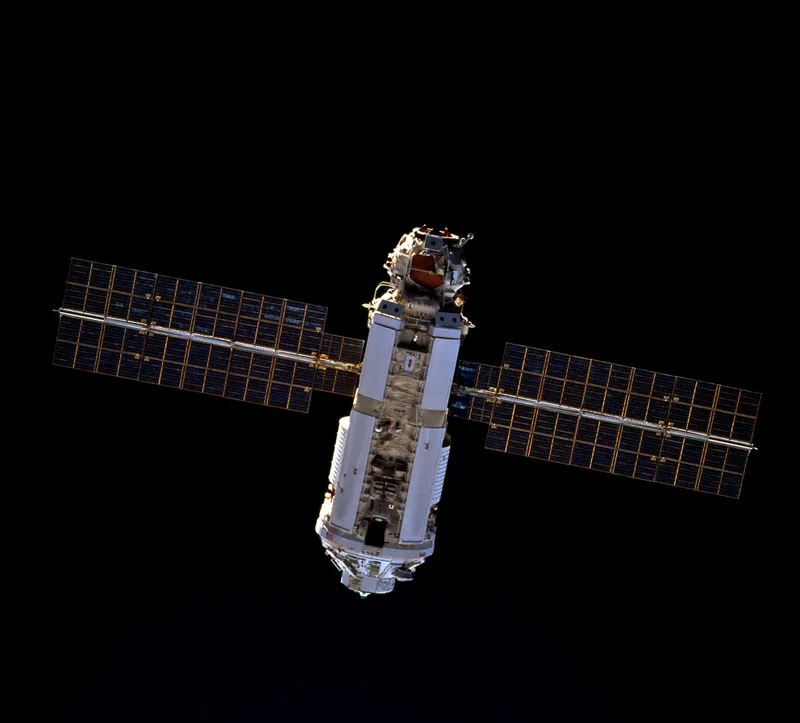
International Space Station, from beginning to now
The International Space Station’s first segment was launched on 20 November 1998.
Since then, 15 further modules have been added to the initial foundation of Russia’s Zarya FGB block and the ISS has grown into a 400-tonne behemoth.
At 109 metres across, the ISS is longer than a football pitch.
Continuously occupied since 2 November 2000, more than 270 people from 21 countries have lived and worked on the International Space Station.
But it was originally designed for just 15 years in orbit. It can’t last forever. So what happens next?
What does the International Space Station smell like?

Ongoing issues with the Space Station
The ageing ISS has generated negative headlines in recent years:
- Micro-fractures triggering air leaks
- A thruster misfiring that spun the ISS out of control
- A greater number of space debris near-misses
- Coolant leaks from Soyuz and Progress craft
- A communications dropout in July 2023 July
All this amid ongoing diplomatic strife between Russia and other ISS partners the US, the European Space Agency (ESA), Canada and Japan since Moscow’s invasion of Ukraine.
But the severity of reported malfunctions is often overstated.
As has been the case throughout the station’s life, its international nature is a source of resilience.
For instance, when NASA communications suffered a power cut in July 2023, Moscow mission control stepped in.
When Russian supply ships experienced coolant leaks – a Soyuz capsule in December 2022, then a Progress freighter in February – the US Dragon and Cygnus spacecraft remained available.
The strangest things found on the International Space Station
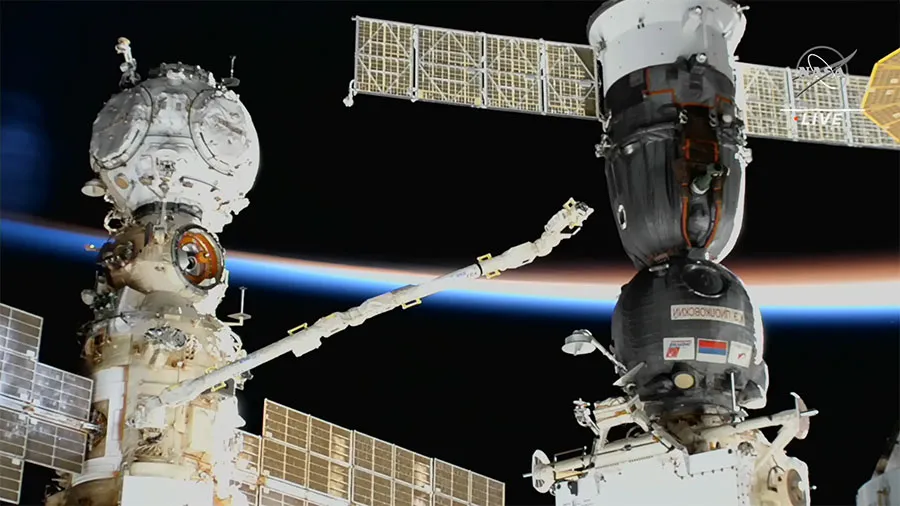
How the Space Station will be retired
All but one of the international partners have signed on to keep the ISS flying until early 2031, with Russia’s Roscosmos committing to 2028 so far (despite previous protesting).
In practice, Roscosmos will be needed until the ISS’s disposal, which is planned to take the form of a controlled deorbit.
Depending on the solar-cycle-influenced density of the atmosphere, the ISS’s altitude will be allowed to decay from the end of 2026 onwards so that, as seen from Earth, the ISS ‘star’ will grow brighter still.
Once it reaches as low as 333km (from its current 400km altitude) around the end of this decade, the ISS can no longer remain occupied.
Into early 2031, thruster firings from the Moscow-controlled Zvezda service module will steer the station into atmospheric re-entry over Point Nemo in the South Pacific.
This is Earth’s remotest point, long employed as a watery spacecraft graveyard.
The option of ‘reorbiting’ the ISS in higher orbit was rejected because the uncontrolled station is bound to be struck by debris at some point.
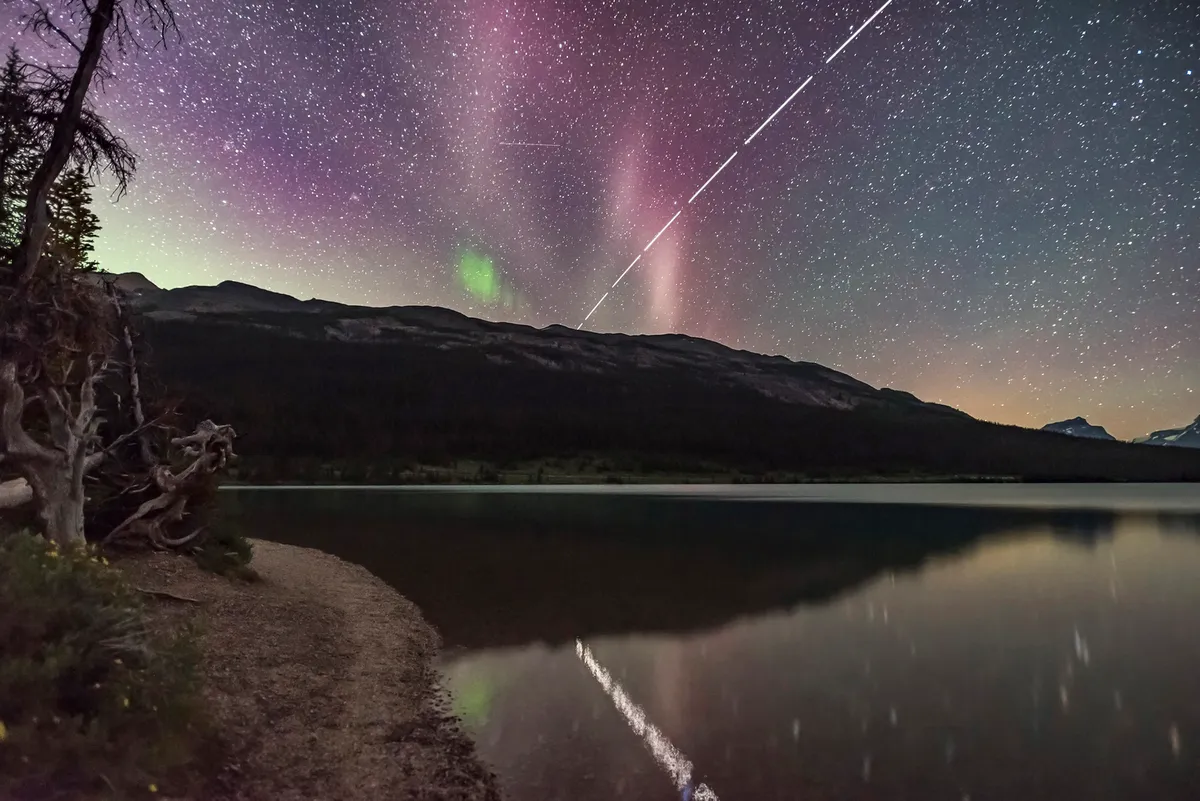
Why replace the International Space Station?
"Simply put, the Space Station is getting old," explains Thomas Neil Sheasby, leading the engineering team of ESA’s Low Earth Orbit Exploration Group.
"The ISS modules are being heated and cooled 16 times per day. There are micro-vibrations from dockings, reboosts and the crew moving around – all of this leads to fatigue.
"On the inside there’s custom-made equipment that is becoming obsolete, making it harder to secure replacement parts.
"In space everything ages more rapidly: there’s radiation damage, so items like solid-state drives in laptops get corrupted.
"Add to that the normal wear and tear of everything from air fans to water pumps.
What we’re doing now is performing an exercise to see where we can make do, where we still have spare parts, then coming up with a shopping list of what will need updating between now and 2031."
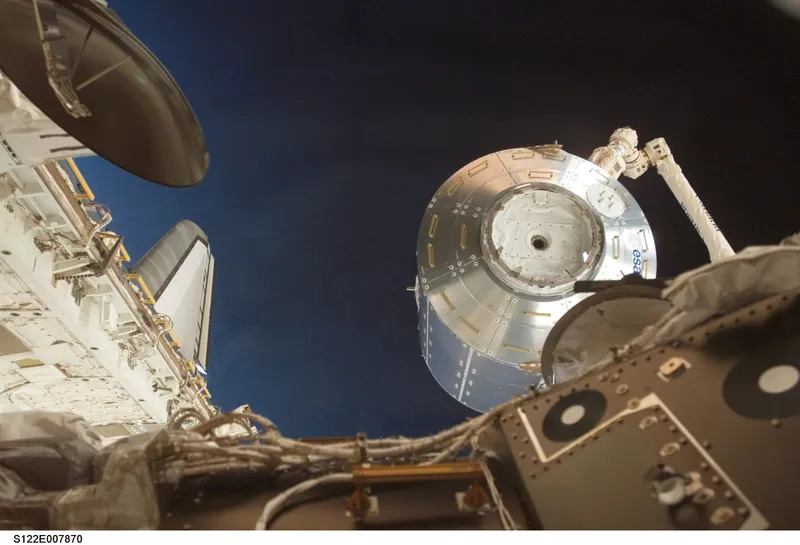
Cracks, leaks and air loss
ESA’s own ISS module – the Columbus laboratory – is holding up well, adds Richard Braeken, leading the agency’s Sustaining Engineering Integration and Maintenance team.
"Columbus is situated on the forward ‘ram’ side of the ISS as it orbits, making it especially vulnerable to debris. Its primary structure is supplemented by a secondary protective structure, the Micrometeoroid/Space Debris Protection System, consisting of single- and double-bumper panels.
"In practice, however, we have encountered no structural issues whatsoever."
The same is true of the other US and Japanese modules, but in September 2019 Russia’s Zvezda service module started leaking.
Some ISS air loss is normal through dockings, spacewalks and ongoing purging of waste gases.
The statistical standard is 0.27kg of lost air per day, but suddenly this loss doubled, and a year later increased to 1.3kg daily.
By systematically sealing hatches between sections, the loss was traced to the Zvezda module. Loose tea leaves were set floating to pinpoint the leak.
These drifted towards the transfer tunnel connecting to the rear docking port.
Three hairline cracks were identified here – the largest being 22mm across – then sealed.
Some elevated air loss continued however, so that the transfer tunnel is now sealed during normal operations.
According to a NASA Inspector General report, the leaks are less likely to have been created by micrometeorite damage than everyday metal fatigue, first encountered in terrestrial air travel, where structural stresses trigger micro-fractures.
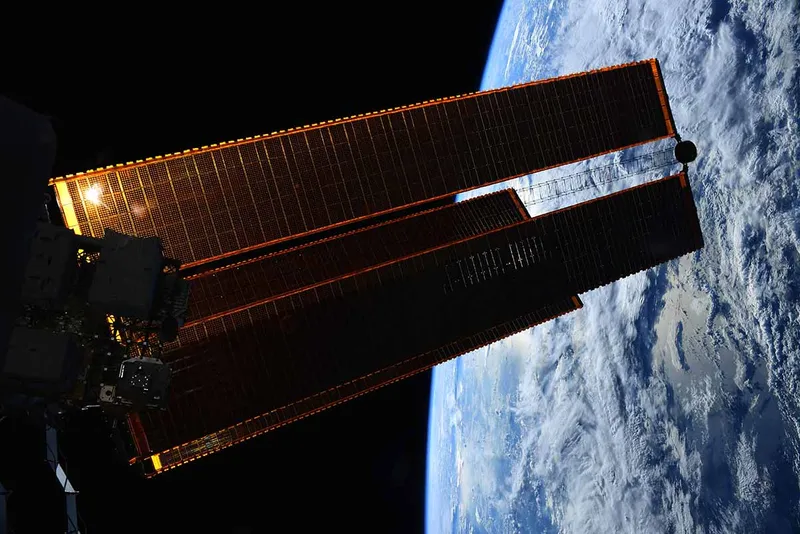
Is the Space Station still performing well?
NASA’s structural life assessment models failed to forecast this location as risky, raising concerns about other modules.
Although NASA modules have been safety certified until 2028 and Roscosmos’s until 2024.
Since then, Russian aerospace firm Energia has identified ‘superficial fissures’ in the nearly 25-year-old Zarya module as well, although it is unclear whether these are associated with any air loss.
In another age-related effect, the station’s original solar arrays are degrading, reducing their power output.
In response, a new generation of roller-blind-like solar arrays are being deployed on top of the previous arrays.
These operate along with the unshaded elements of the old arrays to generate more electric power than ever – up to a maximum 250 kilowatts, a 30% increase.
This is stored in upgraded lithium-ion batteries for use whenever the station passes out of sunlight.
The ISS’s next addition will actually outlive it: the US-based Axiom Space company is due to dock four new modules to the station, starting in 2026 with the launch of Hab One.

These combined modules will be tested out during the ISS’s remaining years, then separated to become an independent free-floating commercial station.
Axiom’s is one of several private-sector stations supported through NASA Space Act Agreements (see Space stations of the future, left).
Just as the US agency has pivoted to private sector crewed launches, the aim is to commercialise low Earth orbit as a destination, with NASA one customer among many.
What comes after the ISS?
If all goes to plan, continuous human occupation in space will extend well beyond the life of the ISS (and China’s Tiangong station).
Staffed by NASA veterans, Axiom has already undertaken the first entirely private ISS mission, while two station modules are completing construction at Thales Alenia Space in Turin.
They're a world leader, having built multiple ISS modules, as well as the pressure shell of the ISS-supplying Cygnus transporter.
The company is also building Europe’s contributions to the Lunar Gateway, spiritual successor to the International Space Station, involving all ISS partners apart from Russia.
Just one-sixth the size of the ISS, made up of compact modules, this station will operate in elliptical orbit around the Moon’s south pole.
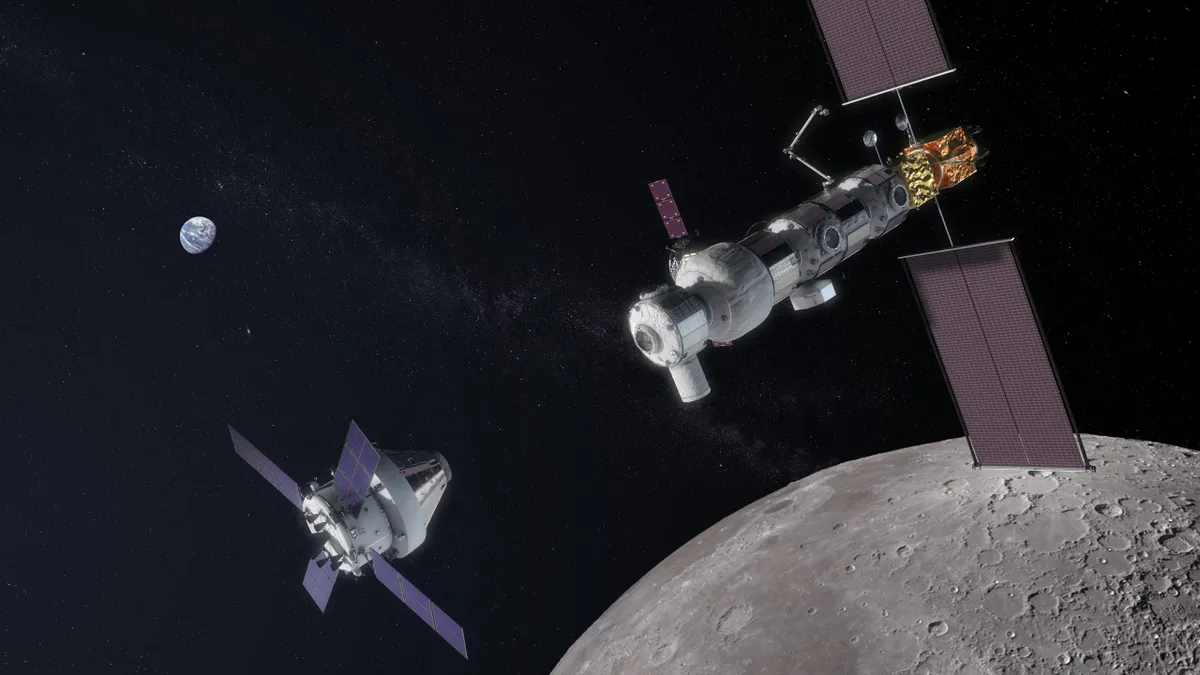
Four astronauts will stay there for up to 30 days per visit, a limit imposed by the necessity to bring their own air and water aboard their Orion spacecraft.
Gateway might be smaller, but it will also be stronger, says ESA’s Materials and Processes Engineer João Gandra.
"The Gateway pressure shells, along with those of Axiom and the latest Cygnus versions, are much the same as their ISS predecessors, made from a standard aluminium–copper alloy.
"The big difference is that they are now welded using ‘friction stir welding’, a UK-devised technique which softens rather than melts metals, applying friction to join them. This results in stronger welds with improved performance."
Gateway will also be smarter. Unoccupied for much of any given year, it will operate more like a satellite than the current ISS, with a high level of onboard autonomy.
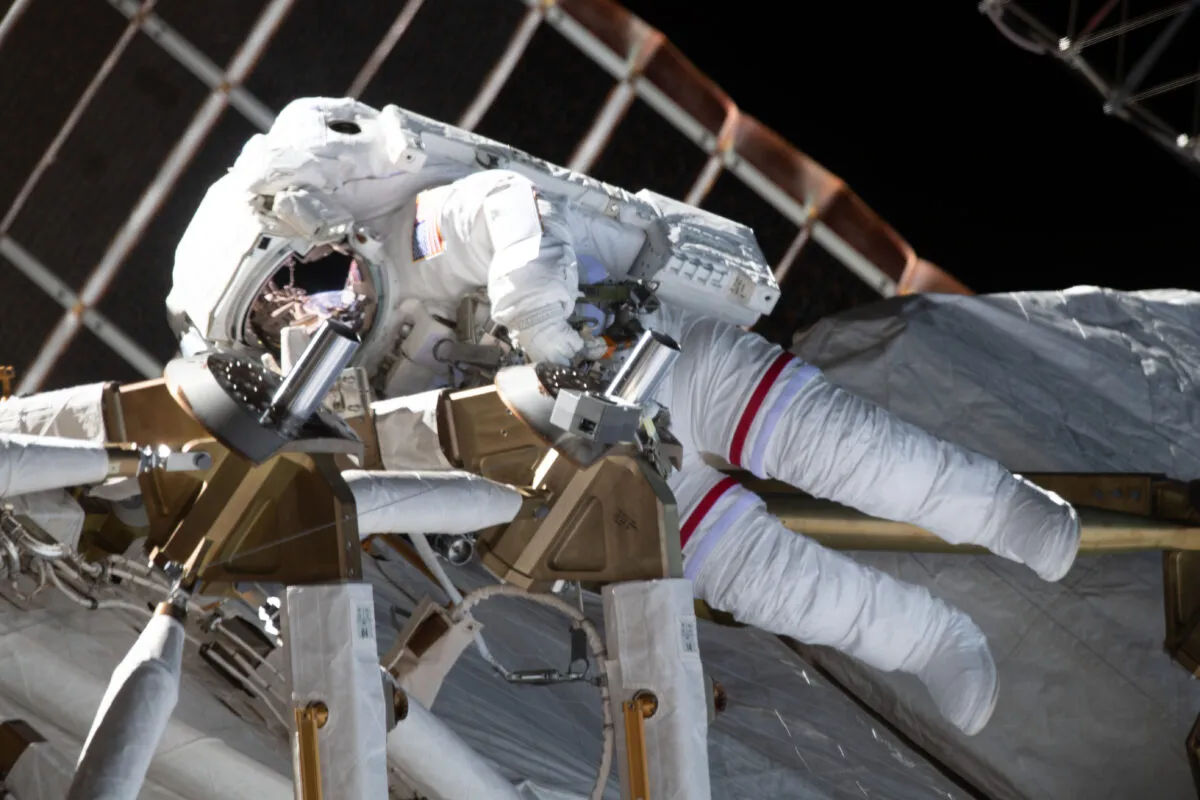
The kind of maintenance performed on ISS spacewalks will be undertaken by the Gateway’s own robotic arm.
The first two modules are due to launch in late 2025, but the station won’t even have an airlock until this decade’s end.
The future will see not one space station but many. Commercialisation means that various stations may evolve their own specialist niches.
The comparatively spacious, luxurious ISS may well be imparted with retrospective glamour.
It will symbolise a vanished era when a large part of the world managed to work together as one. We’ll miss the ISS when it’s gone.
What are your feelings and memories of the International Space Station? Let us know by emailing contactus@skyatnightmagazine.com.
This article appeared in the November 2023 issue of BBC Sky at Night Magazine
